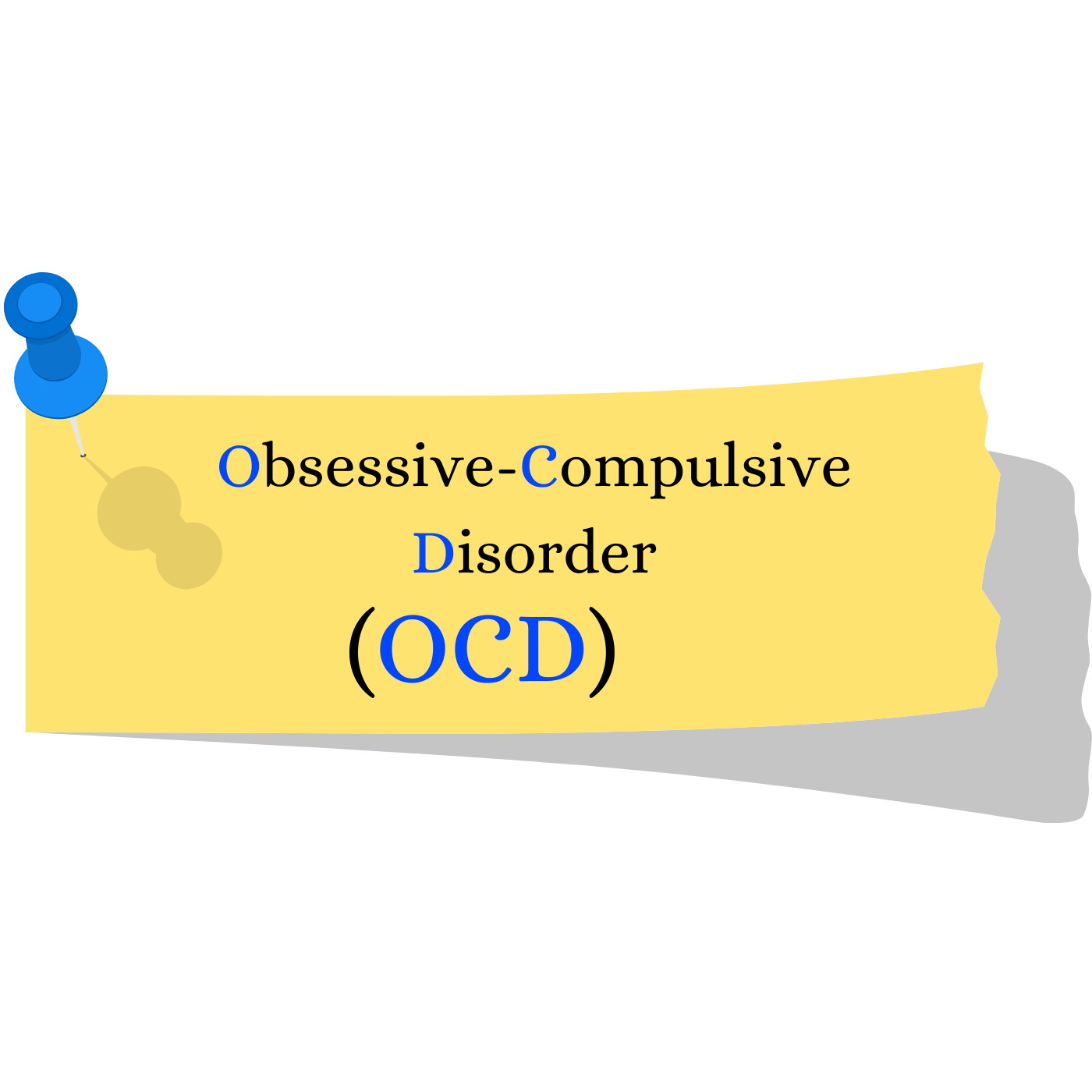What is OCD/Obsessive-compulsive Disorder?
Obsessive-compulsive disorder is similar to other mental illnesses, It can go hidden for years before people seek help and get a proper diagnosis.
Obsessions are recurrent intrusive, unwanted thoughts. Typically they produce anxiety or distress, which leads to repetitive behavioural acts called compulsions.
MIKE is sitting in his home office when a random image of an intruder flashes into his mind. He tries to avoid it, and he continues to work. It is not a problem to this point. Sometimes this image will flash again. He checks the backyard and locks the house door. Then he goes back to his office work to resume his tasks.
What if this image invades his mind repeatedly in more intense forms? He starts developing anxiety that gets out of control, leading to compulsive behaviours such as running to check the backyard multiple times, the basement a few more times, retightening the locks on the doors, and a growing list of reactions to ease the anxiety. All that is happening while MIKE knows no one else is there, and now he cannot finish his work tasks on time.

What is the prevalence of OCD?
The estimated lifetime prevalence at 2.3% of the united states population. Females are more likely to suffer from OCD than males. In general, OCD Cases may start in childhood. 75% of cases onset are earlier than the age of 30.
What are the signs and symptoms of Obsessive-Compulsive disorder?
The recurrence and severity of obsessions and compulsions vary among people.
Obsessions can be a thought such as stabbing someone, an image of a disaster, or an urge like jumping in front of a moving truck.
Compulsions may manifest as behavioral or mental acts, and they can become rituals.
They range from washing hands too often despite the formation of dermatitis, can lead to suicidal events, and severe depressions if no professional intervention is offered.
What are the causes and risk factors of OCD?
the causes of obsessive-compulsive disorder are not fully known.
Increased risk is associated with Genetics by running the disorder from a parent to the child.
Environmental factors play a role, includes bullying. Compulsions are learned behaviors that can become rituals after experiencing stressful life events.
And not last, abnormally low levels of Serotonin in the brain may cause OCD.
How to diagnose OCD/obsessive-compulsive disorder? (based on DSM-V)
Four criteria as per DSM 5 are required to qualify for a diagnosis of OCD. Here is a simplified version of the points.
ONE - Presence of obsessions, compulsions, or both.
TWO - those obsessions and behaviors are time-consuming in that they impair normal daily life activities.
THREE - above signs are not the result of consuming a drug or medicine.
FOUR - Another disorder does not better explain the signs and symptoms. (e.g. of bipolar disease, ADHD are among others)
How to treat OCD? What are the chances of curing Obsessive-Compulsive disorder?
OCD is a resisting disorder, but improvement happens in 75 to 85% of patients after proper therapy.
the treatment is a combination of cognitive-behavioural therapy and medications.
CBT is the treatment of choice. It helps the patient recognize and change their thought patterns and behaviours.
Some medications, especially antidepressants that influence the serotonin system have been found to decrease the symptoms of OCD. Given their potential side effects, these medications are only available under a prescription. This group of medications usually takes several weeks to deliver adequate effects.

